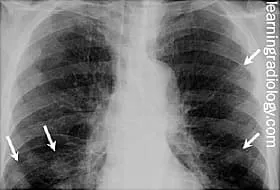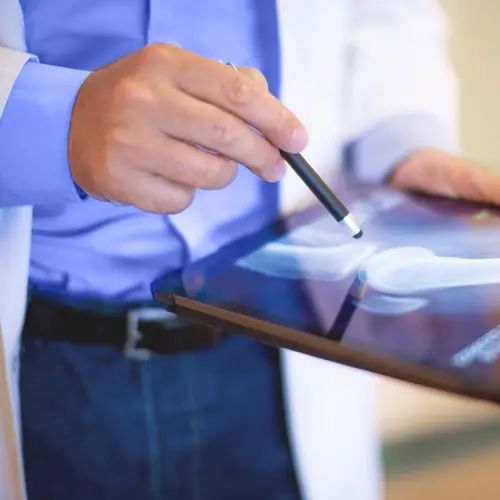Rheumatoid nodules are firm lumps under the skin. They tend to form close to joints in people affected by rheumatoid arthritis.
How big are they? These bumps can be as large as a walnut or as small as a pea.
What do they feel like? Some are doughy. Others are firm.
Do they hurt? Not unless there’s an underlying inflammation or sore, or they’re close to a nerve.
Do they move around? Some nodules can move. Others stay firmly in place because they're connected to tendons or other bands of tissue called fascia under the skin.

The most common locations for rheumatoid nodules are:
- Hands

- Fingers
- Knuckles
- Elbows
Where Else Can They Show Up?
As you live with RA for a while, you can be more likely to have nodules. You might get them in your:
Vocal cords: If they form here, you might get hoarse.
- Lungs, heart, and other organs: They may affect your organs.
If you’re confined to a bed, you might get them on places where your body touches the mattress:
- Heel
- Achilles tendon
- Back of your head
- Hip
- Tailbone
Should You Worry About Nodules?
No. Rheumatoid nodules don’t give most people with RA any problems. It’s OK to leave them alone if they aren’t causing trouble. But if they hurt or make it harder to do daily activities because they put pressure on nerves, limit movement, or are in sensitive locations, talk to your doctor.
What Causes Rheumatoid Nodules?
Not everyone with RA gets them. Doctors believe these things can make you more likely to get nodules:
- They usually show up in people with more severe RA.
- Nearly all cases are in people who have substances called rheumatoid factor and anti-cyclic citrullinated peptide antibodies in their blood. These are linked to inflammation.
- One study found that cigarette smoking increases nodules in people with RA.
- They may be more likely if your RA is extra-articular, meaning it affects body parts other than your joints. The most common are lungs and blood vessels. (If it affects your blood vessels, it is called vasculitis.)
What Is Accelerated Nodulosis?
Methotrexate (a common treatment for RA) can lead to this condition, which causes small nodules to form quickly around your finger joints. If that happens, your doctor will often switch you to another medicine.
How to Get Rid of Nodules
DMARDs (disease-modifying antirheumatic drugs): Sometimes these common RA medications can cut the size of rheumatoid nodules. One that seems to work well is rituximab.
Steroids: Some people get steroid shots directly into the nodules to shrink them.
Surgery: If the lumps become infected or cause severe symptoms, like the inability to use the joint, you may need surgery to remove them. Just know that nodules often come back in the same spot after removal.

